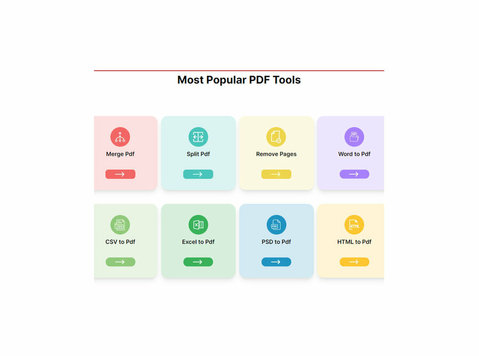Publié dans: Autre dans Pakistan | Posté: |
Bitcoin (BTC) and Ethereum (ETH) Price Prediction
Bitcoin (BTC) and Ethereum (ETH) are two of the most prominent cryptocurrencies in the world, each with its unique characteristics and potential. Predicting the future prices of these cryptocurrencies is a subject of great interest and debate in the financial and crypto communities. It's important to note that cryptocurrency markets are highly volatile and can be influenced by a wide range of factors, making accurate price predictions a challenging task. However, analysts and experts often use various methods and indicators to provide price predictions. Here's a general description of what goes into Bitcoin and Ethereum price predictions:
1. Technical Analysis: Technical analysis involves studying historical price charts, trading volumes, and various technical indicators. Analysts use tools like moving averages, Relative Strength Index (RSI), and Fibonacci retracement levels to identify potential trends and price targets.
2. Fundamental Analysis: Fundamental analysis for cryptocurrencies is akin to evaluating the fundamentals of a company's stock. In this context, it involves assessing factors like network development, adoption, partnerships, and upgrades. For example, Ethereum's move from a proof-of-work (PoW) to a proof-of-stake (PoS) consensus mechanism might affect its price.
3. Market Sentiment: Cryptocurrency markets are heavily influenced by market sentiment. News, social media trends, and public perception can have a substantial impact on prices. Positive news like regulatory developments or institutional adoption can lead to price increases, while negative news may lead to declines.
4. Adoption and Use Cases: The adoption of a cryptocurrency for real-world use cases can affect its price. Bitcoin is often referred to as digital gold and a store of value, while Ethereum is known for its smart contract capabilities and decentralized applications. Any developments in these use cases can influence their prices.
5. Macro-Economic Factors: Cryptocurrency prices can also be influenced by macroeconomic factors, such as inflation, interest rates, and global economic events. Many people view cryptocurrencies as a hedge against traditional financial instability.
6. Regulatory Environment: Government regulations and legal developments can significantly impact the cryptocurrency market. Positive regulatory news can boost investor confidence, while negative news can lead to panic selling.
7. Supply and Halving Events: Bitcoin has a fixed supply cap of 21 million coins, and it experiences halving events that reduce the rate of new coin creation. These events have historically had an impact on its price.
8. Market Behavior: Market psychology, including FOMO (Fear of Missing Out) and FUD (Fear, Uncertainty, Doubt), can drive price movements. Traders often react emotionally to short-term market fluctuations.
It's important to note that while these factors can inform price predictions, they do not guarantee accuracy, and cryptocurrency investments come with inherent risks. Predictions are often short-term and speculative, and the markets can be highly unpredictable. Investors should conduct thorough research and consult with financial professionals before making any investment decisions. Additionally, diversifying a crypto portfolio and managing risk is essential in this volatile asset class.
https://www.youtube.com/watch?v=CAgl5kb1tOo
Contacter cet annonceur





